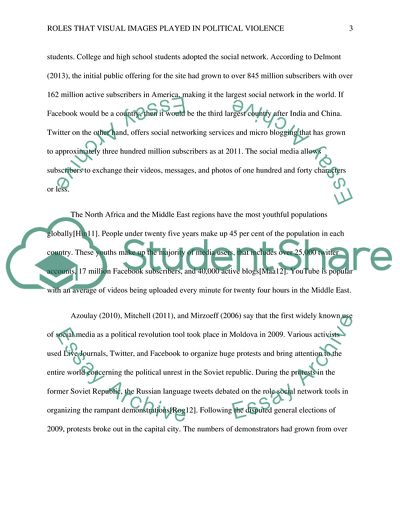Cite this document
(Visual Technologies and Images in Power Relations Essay Example | Topics and Well Written Essays - 3250 words, n.d.)
Visual Technologies and Images in Power Relations Essay Example | Topics and Well Written Essays - 3250 words. https://studentshare.org/history/1818475-what-roles-do-visual-images-play-in-political-violence
Visual Technologies and Images in Power Relations Essay Example | Topics and Well Written Essays - 3250 words. https://studentshare.org/history/1818475-what-roles-do-visual-images-play-in-political-violence
(Visual Technologies and Images in Power Relations Essay Example | Topics and Well Written Essays - 3250 Words)
Visual Technologies and Images in Power Relations Essay Example | Topics and Well Written Essays - 3250 Words. https://studentshare.org/history/1818475-what-roles-do-visual-images-play-in-political-violence.
Visual Technologies and Images in Power Relations Essay Example | Topics and Well Written Essays - 3250 Words. https://studentshare.org/history/1818475-what-roles-do-visual-images-play-in-political-violence.
“Visual Technologies and Images in Power Relations Essay Example | Topics and Well Written Essays - 3250 Words”. https://studentshare.org/history/1818475-what-roles-do-visual-images-play-in-political-violence.


